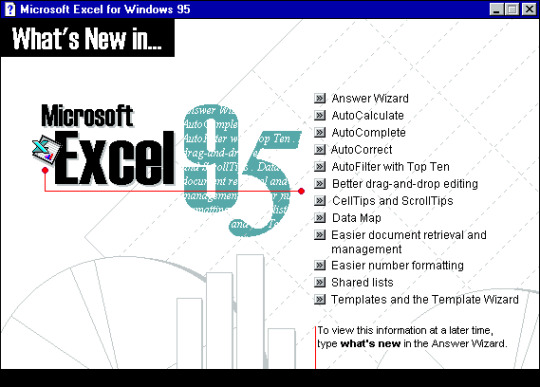Text

"View of a cloudy part of Earth as seen from the Gemini-3 spacecraft while in orbit."
Date: March 23, 1965
NASA ID: S65-18752
115 notes
·
View notes
Photo
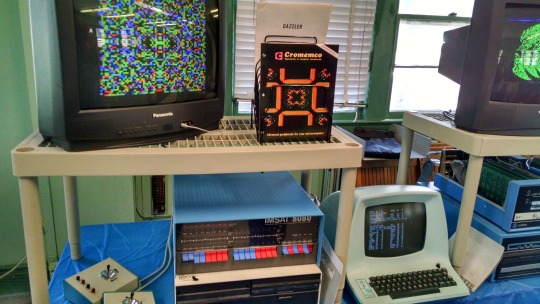
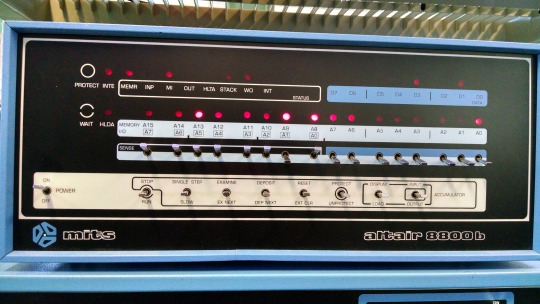




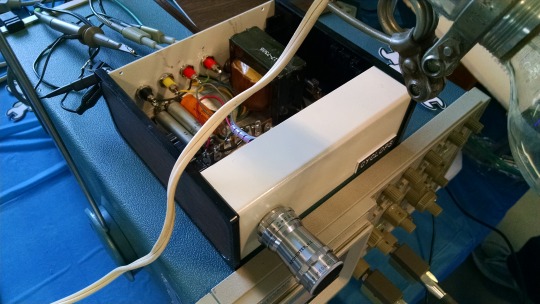

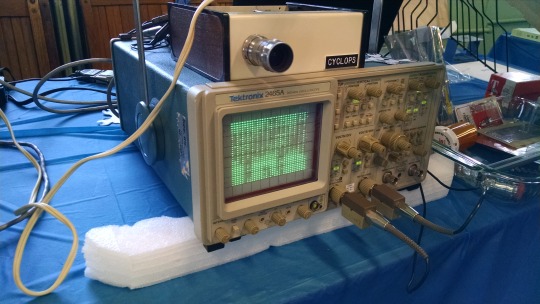
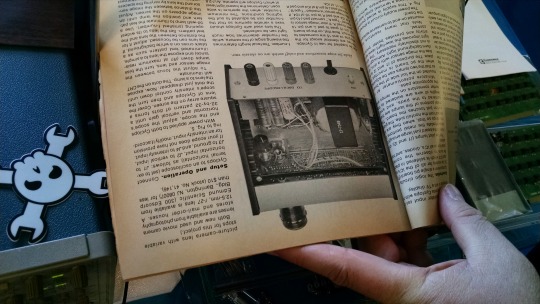
William Sudbrink usually brings an Altair 8800 or an IMSAI 8080 to VCF East. Seeing these machines always makes me happy, and it made me doubly happy to see both on display this year.
Both the Altair and the IMSAI were equipped with Cromemco Dazzler cards, producing the color graphics seen on both of the televisions. The Cromemco Dazzler is the first color graphics card ever created, and it looks beautiful. Each machine was equipped with Dazzlers and dual 8″ floppy drives. The Lear Siegler ADM-3A terminal was shared by the machines to facilitate easier use.
The Cromemco company got their start by creating the “Cyclops” camera. Initially, it was a hobbyist project as seen in the February 1975 issue of Popular Electronics, but Cromemco eventually created a commercially sold version. The Cyclops is the first ever low cost solid-state TV camera, and uses a 4008-9 RAM chip without the top cover as its sensor. The RAM chip contains a bank of 32 x 32 bits arranged in a grid, and it’s light sensitive. With an optic and a bit of logic, the camera can show a crude black and white video image.
William painstakingly recreated a replica using period correct parts, right down to the date codes on the capacitors. The final product looks indistinguishable from the genuine article as pictured in Popular Electronics 41 years ago. In order to demonstrate the Cyclops, it was connected to a Tektronix 2465A oscilloscope operating in XY mode to show the grid of dots that make up the image. Eventually, an interface card was created for S-100 machines to allow the Cyclops to connect with computers like the Altair 8800.
Once Cromemco got off the ground, and the Dazzler burst onto the scene, computer graphics changed forever. Apparently a demonstration unit was on display on a large projection TV in a store front in New York City back in the mid-1970s. The storefront showing off the product’s color graphics left the TV running after hours, drawing the attention of many a curious onlooker. Cars kept driving by to see the display first hand, and they ended up creating a several block-wide gridlock as a result. The owner of the shop was called at home by the NYPD to tell him that he needed to come back and turn off the display, or else they would break down the door and start unplugging stuff until it shut down.
These were some of the first major stepping stones into the world of digitized video, and I was glad I got to see them first-hand.
#commodorez goes to vcfe11#vcfe11#vcf east xi#vcf east 11#vintage computer festival east 11#vintage computer festival east xi#altair 8800#altair#altair 8800b#imsai 8080#imsai#cromemco#cromemco dazzler#cromemco cyclops#adm-3a#lear siegler#tektronix#tektronix 2465a#cyclops#dazzler
294 notes
·
View notes
Photo

Ed Roberts - probably the person who actually could be deemed the ‘real Father’ of the computer revolution. Look him up - quite an impressive guy. http://ift.tt/1ULMeKp
52 notes
·
View notes
Photo

Detail from 1978 Advertisement for the C2-8P Computer
855 notes
·
View notes
Text

Double exposure photo of the Gemini-Titan VIII (SC8/62-12563) and Atlas-Agena rocket launch.
Date: March 8, 1966
Science Photo Library: C007/4354
74 notes
·
View notes
Photo




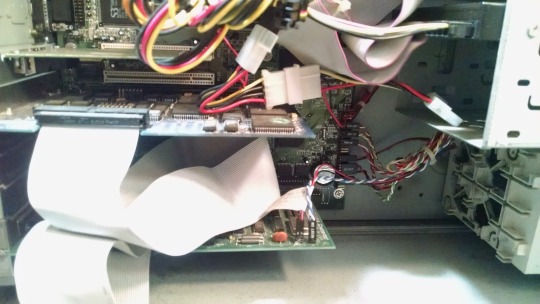
Time to welcome another irregular desktop to the fold.
This here is a Windows NT4 machine which served as a voicemail storage and playback server for a PBX. Specifically, it came from an Inter-tel Axxess PBX.
The era in hardware that this represents is just weird though:
133MHz Pentium processor
32MB RAM on SIMM packages!
2GB hard drive
2x PCI sockets
6x ISA sockets
2x USB ports
2x RS232 ports
Not to mention that the PSU is way too new compared to the rest of the hardware, and the CD drive was disconnected. This whole machine is just plain weird.
56 notes
·
View notes
Text
I went through and replaced all PNGs on my website with GIF or JPG versions to accommodate older browsers where possible. The multimedia embeds might break sometimes, but that's a compromise I'm unwilling to make. The CSS I use is intentionally minimal and unnecessary to render the core functions of the site in most places. The one exception is on the LEGO section of the site, as I stole I'm re-creating the style of a defunct mid-00's LEGO fan website.
It's cool that a lot of people are making websites that look like websites from the '90s but I wish they would put a little bit more effort into actually making them compatible with browsers from that era.
All you got to do is get rid of all the bloated JavaScript and CSS that doesn't do anything to the website that basic HTML couldn't. Also don't require HTTPS If you're not doing anything on the website that doesn't need secure encryption.
38 notes
·
View notes
Text
19 notes
·
View notes
Text
youtube
My panel from Super MAGFest 2024 is up! Meredith Rose and I talk about VGHF's report that 87% of classic games are out of print and the legal battle we're fighting to make game preservation easier for libraries and archives.
146 notes
·
View notes


